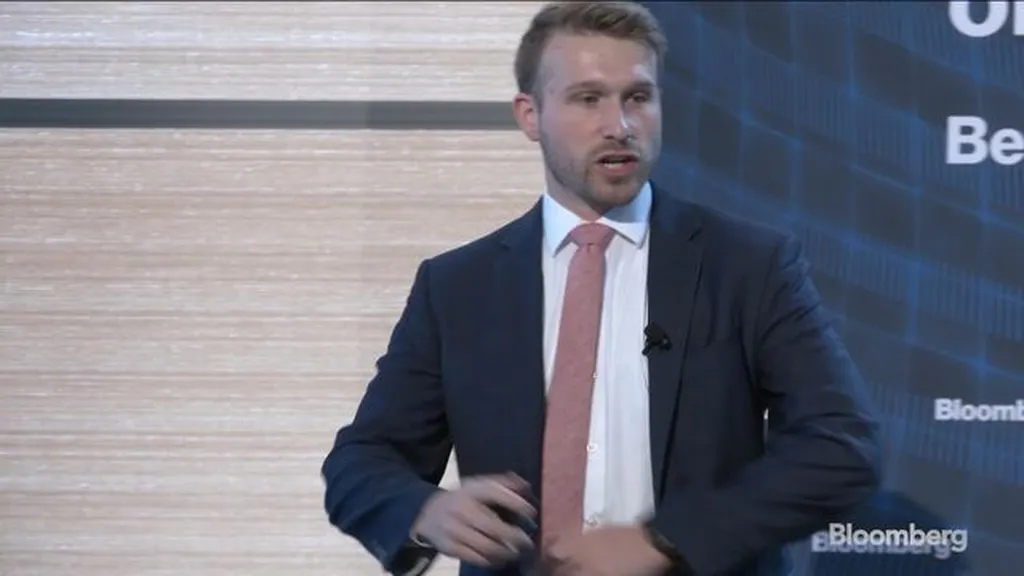In the realm of energy-efficient communication networks, a recent study has presented a novel approach to enhance the reliability and quality of unmanned aerial vehicle (UAV) swarm-assisted mobile communications, particularly in complex and challenging environments.
The research, titled “Integrated Communication and Control for Energy-Efficient UAV Swarms: A Multi-Agent Reinforcement Learning Approach,” addresses the critical issue of maintaining stable air-to-ground (A2G) links in dynamic and unpredictable wireless channel conditions. These conditions often lead to frequent interruptions, severely impacting the performance of UAV swarm-assisted networks.
The study proposes an integrated communication and control co-design mechanism, specifically tailored to optimize energy efficiency while balancing equitable communication rates for mobile ground users and UAV energy expenditure. This is particularly relevant to the energy sector, as it demonstrates a method to enhance the efficiency and reliability of UAV-assisted communication networks, which are increasingly being used in emergency rescue operations, military and security operations, and remote area coverage.
The researchers formulate the joint resource allocation and 3D trajectory control problem as a Markov decision process (MDP). They then develop a multi-agent reinforcement learning (MARL) framework to facilitate real-time coordinated actions across the UAV swarm. To optimize the action policy of UAV swarms, they introduce a novel multi-agent hybrid proximal policy optimization with action masking (MAHPPO-AM) algorithm. This algorithm is designed to handle complex hybrid action spaces and incorporates action masking to enforce hard constraints in high-dimensional action spaces.
The experimental results are promising, with the approach achieving a fairness index of 0.99 and reducing energy consumption by up to 25% compared to baseline methods. This signifies a significant advancement in the field of energy-efficient communication networks, particularly in the context of UAV swarms.
The findings of this study are highly relevant to the energy sector, as they demonstrate a method to improve the efficiency and reliability of UAV-assisted communication networks. These networks are increasingly being used in a variety of applications, including emergency rescue operations, military and security operations, and remote area coverage. By enhancing the energy efficiency of these networks, the study contributes to the broader goal of reducing energy consumption and promoting sustainable practices in the energy sector.
This research was published on arXiv and can be read in full [here](http://arxiv.org/abs/2509.23905v1).

